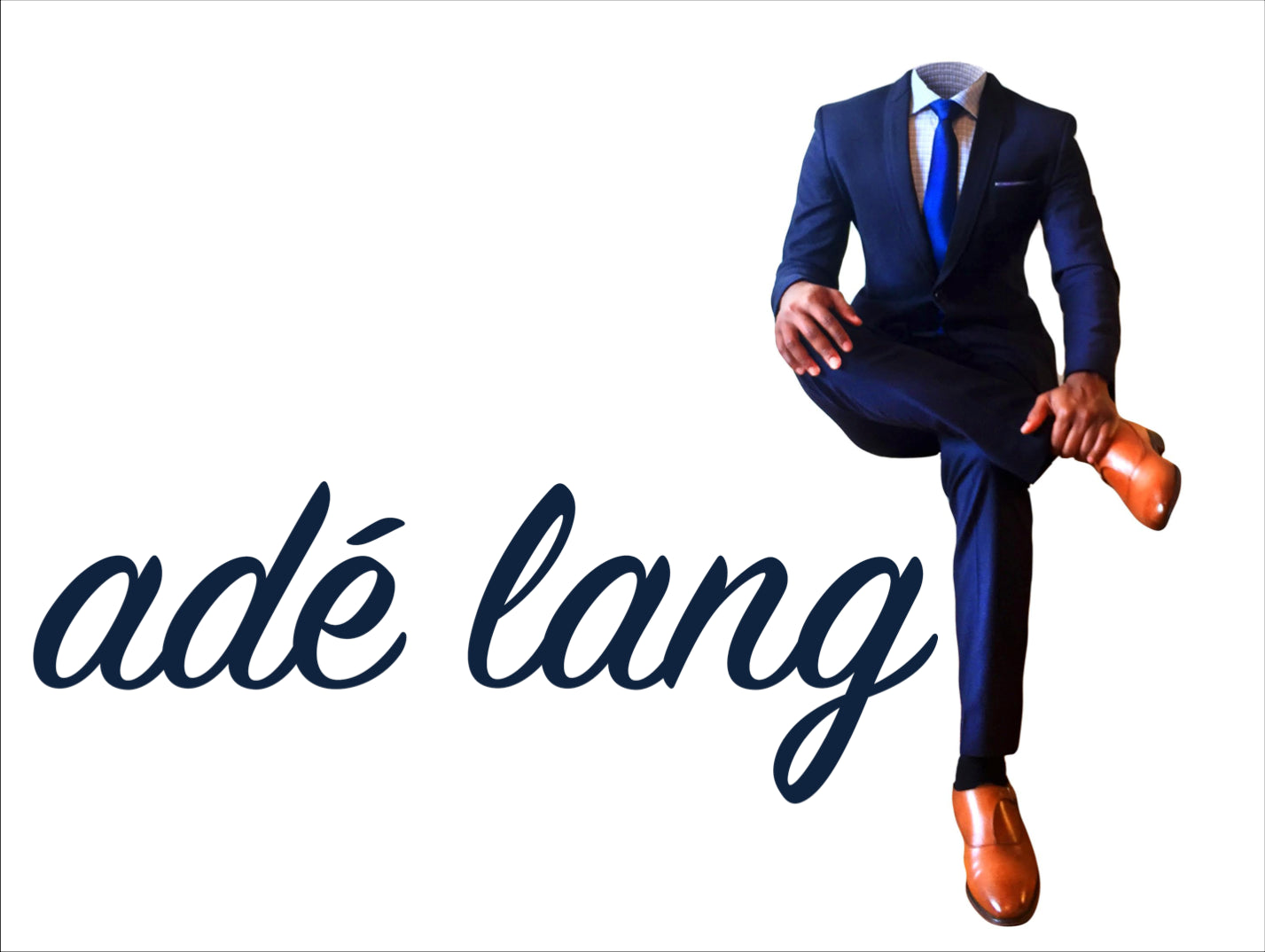Recession-core: The Sartorial Language of Economic Pragmatism
3 min read |
A new aesthetic is defining the American wardrobe; it is born not from runways but from economic reality. Termed ‘recession-core’, this style philosophy champions intelligent curation over incessant consumption, favouring versatile, high-quality staples that defy cyclical trends. As monetary policy shifts, so does the public’s approach to personal style, with a focus on maximising existing assets through creative styling and community exchange.
The statistics are telling. ThredUp’s 2025 report indicates the secondhand market is growing five times faster than the broader apparel sector, whilst participation in clothing swaps has increased by forty percent. This is not a rejection of fashion but a redefinition of it. Consumers are becoming their own stylists, finding innovation within their closets and through community networks that prioritise reuse. This behaviour reflects a sophisticated understanding of value, merging financial acuity with sartorial creativity.
This movement champions the timeless over the transient. It is an intellectual exercise in resourcefulness, where a well-tailored blazer or a perfect pair of trousers becomes a wardrobe cornerstone. The goal is a cohesive collection of pieces that work in multitude of ways, reflecting a mindset where style is permanent and purchases are investments.
Stitching the future: The Economy of Style
The rise of recession-core signifies a maturation of the fashion consumer. It highlights a move towards a more sustainable and financially savvy relationship with clothing, prioritising longevity and versatility. This behavioural shift presents a formidable challenge to traditional retail models, urging the industry to adapt by offering genuine value, superior quality, and a narrative that resonates with a more pragmatic, yet still stylish, audience.
